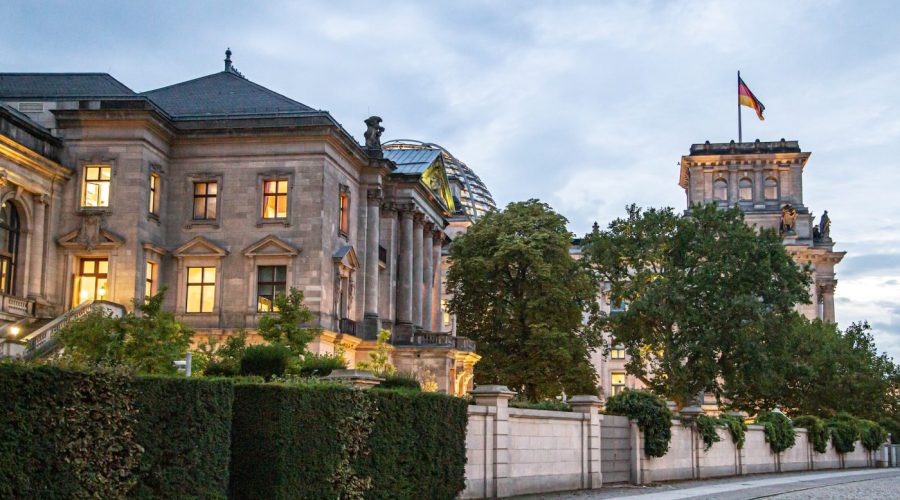Why is the Bismarck Memorial a must-visit in Berlin?
Are you planning to visit Berlin Germany and was looking what to see?
Look no further than the Bismarck Memorial. This famous landmark is a mark of tribute to the influential statesman Otto von Bismarck, who profoundly influenced history in Germany. Come and learn with us about the noble history and importance of the Bismarck Memorial, find out why it is a place you must visit if you have any interest in German culture and past.
1. A Symbol of Unity and National Pride
The Bismarck Memorial towers as a symbol of unity and the national pride of the Germans. He dedicated to Otto von Bismarck, the first Chancellor of the German Empire, 1901 finished, memorial. Bismarck is greatly admired for his key role in the creation of a unified Germany by the end of the 19th century.
Reaching an enormous height of 35 meters, spears from high onto sky – the memorial is cemented in a post-german past and reminded people of what had happened. The memorial pretty much has Bismarck’s portrait and highlights his achievements, thus being an important historical and cultural object.
2. Architectural Marvel
The Bismarck Memorial demonstrates impressive architectural skills that presents interest to everyone who visits. Conceived by German famous architect Reinhold Begas, the monument features different artistic elements which blend in together Gracefully.
The main item is a size bigger than life bronze sculpture of Potsdamer face, surrounded with imbuing control and prestige. Around the statue, there are nice reliefs showing important events in Bismarck’s life and history as a statesman. These artistic elements play their part in making the memorial an awe-inspiring and hypnotic piece.
3. Historical Significance
The Bismarck Memorial is a symbol that recalls the very significant impact Bismarck had on Germany’s past and the country’s governance. Bismarck’s policies and governance were crucial to unifying the German states and forming Germany as an Empire, turning point to Germany’s history.
Coming to the memorial provides you with an insight into this important time as well as the influence Bismarck held on modern Germany. It’s an opportunity to engage with history and thus to approach the future with a clearer perception of the fundamental forces that have worked in the making of the country as we know it at the present day.
4. Surrounding Park and Serene Atmosphere
Set in Tiergarten Park, one of Berlin – largest and most lovely parks, Bismarck Memorial is a secluded haven from the cacophony of the city. You can have leisurely walk around tranquil gardens, a picnic or simply unwind and indulge into serene ambience.
Furthermore, Tiergarten Park hosts other wonderful attractions including the Victory Column and the Berlin Zoological Garden, mostly making it a prime spot for a day of sightseeing as well as leisure.
5. A Lesson in German History
Whether you are a history buff or just afraid of a lesson now the Bismarck Memorial teaches a very valuable lesson on german history. As you walk through the site and its terrain you will discover major historical events, thoughts of political ideologies, and civilizations that changed the country.
To get a better understanding, think about participating with local tour guides or audio guides, they will be able to give an extended explanation and give an answer on any questions that you might have. In this manner, you can really dive into the historic background of the memorial and get a deeper understanding plus appreciation of it in relation to Germany’s history.
Conclusion
Bismarck Memorial is a must visit when visiting Berlin, Germany. Lively with ancient background, grand architectural delights, peaceful ambiance; and educational attraction; it assures an experience which caters to both history fans and tourists at large.
When in Berlin, also do allow time to visit the Bismarck Memorial to visit and pay respects to the influential leader that in shape much of Germany that we know today. Be prepared for a rich history, architectural magnificence and the depth of national sentiment that it contains.
Table of Contents



